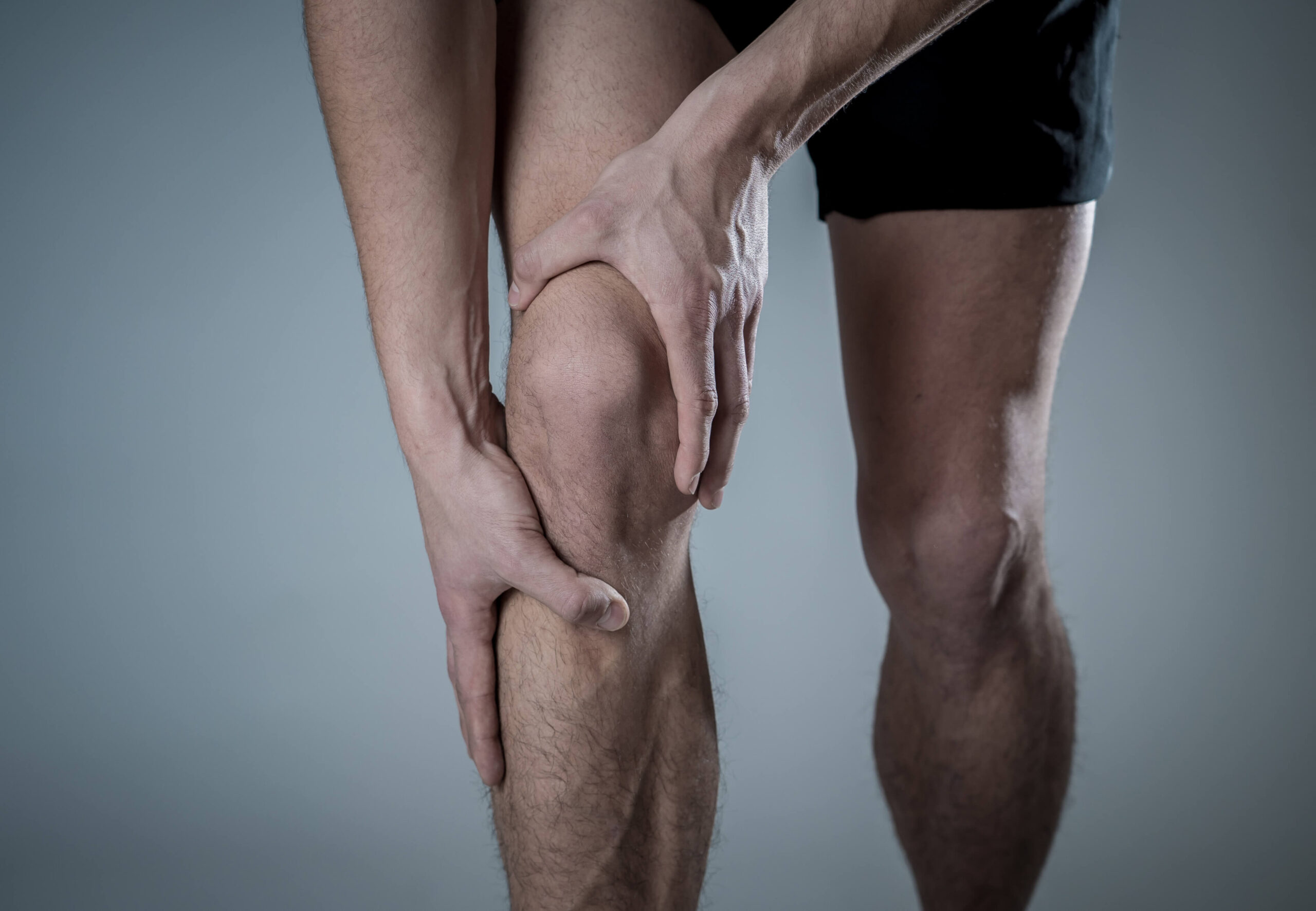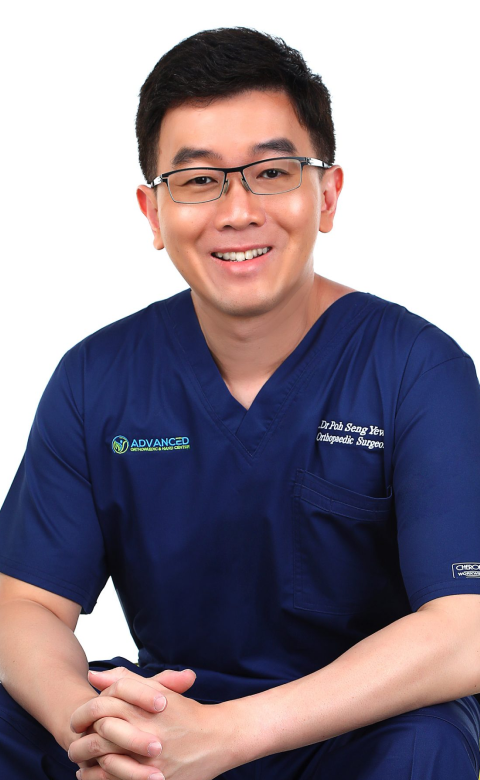Schedule An Appointment With Us
Are Your Symptoms Affecting Your Quality Of Life?
Consult our MOH-accredited knee osteotomy specialist for a comprehensive diagnosis of your condition & a personalised treatment plan.
Knee osteotomy is a strategic orthopedic surgery aimed at correcting misalignment and relieving discomfort in the knee, often employed for patients with localized arthritis or specific structural knee issues.
MBBS
MRCSEd
MMED (Ortho)
FRCSEd

Knee osteotomy is a surgical procedure that realigns the knee joint to alleviate pain and improve function, primarily in patients with arthritis or knee deformities. It involves cutting and reshaping either the tibia (shinbone) or femur (thighbone) to redistribute weight and pressure across the knee, delaying the need for more invasive joint replacement surgery.
High Tibial Osteotomy is performed on the shinbone and is commonly used to treat arthritis in the knee’s medial (inner) compartment. This procedure realigns the knee by shifting the weight from the damaged area to the healthier part of the knee.
Distal Femoral Osteotomy is performed on the femur (thighbone), typically to correct knee alignment in patients with valgus deformity (knock-knees). This procedure adjusts the weight-bearing line of the knee, shifting it away from the damaged area.
Anesthesia Options |
Knee osteotomy can be performed under general anesthesia, where the patient is completely asleep, or spinal anesthesia, which numbs the body from the waist down. The choice of anesthesia is based on the patient’s health, preferences, and the surgeon’s recommendation. The anesthesiologist will discuss these options with the patient before the surgery. |
Step-by-Step Surgical Procedure |
|
Opening Wedge Technique |
In the opening wedge technique, a wedge-shaped space is created in the tibia. This space is then filled with a bone graft or a synthetic material to maintain the new alignment. This technique allows for precise correction and is often used for smaller adjustments. |
Closing Wedge Technique |
The closing wedge technique involves removing a wedge of bone, usually from the outer side of the tibia. The remaining bone ends are then brought together and secured, realigning the knee. This method is preferred for larger corrections and offers a quicker healing time. |
Use of Bone Grafts and Implants |
Bone grafts, either from the patient’s own body or a donor, are often used in opening wedge osteotomies to fill the created space. Synthetic materials can also be used as alternatives to natural bone grafts. Implants, such as plates and screws, are used to stabilize the bone in its new position until healing occurs. These implants are designed to be strong and compatible with the body’s tissues. |
Schedule An Appointment With Us
Consult our MOH-accredited knee osteotomy specialist for a comprehensive diagnosis of your condition & a personalised treatment plan.
Knee osteotomy, like any surgical procedure, carries certain risks and potential complications.

MBBS
MRCSEd
MMED (Ortho)
FRCSEd
With over 20 years of experience, Dr Poh Seng Yew is an orthopaedic surgeon specialising in hip, knee, shoulder and elbow surgery, sports medicine, and trauma surgery.




Weekdays: 9.00am – 5.00pm
Saturdays: 9.00am – 1.00pm
Sundays and Public Holidays: Closed
Your symptoms shouldn’t affect your quality of life or disrupt daily activities. Reach out to our friendly clinic staff today & schedule a consultation.
Patients typically use crutches for several weeks post-surgery. The exact duration depends on the type of osteotomy and the individual’s healing process.
Knee osteotomy can delay the need for knee replacement surgery, especially in younger patients. It is not a permanent solution but can effectively manage pain and improve function for several years.
Yes, there will be surgical scars, but they typically fade over time. The size and visibility of the scars depend on the specific surgical technique used.